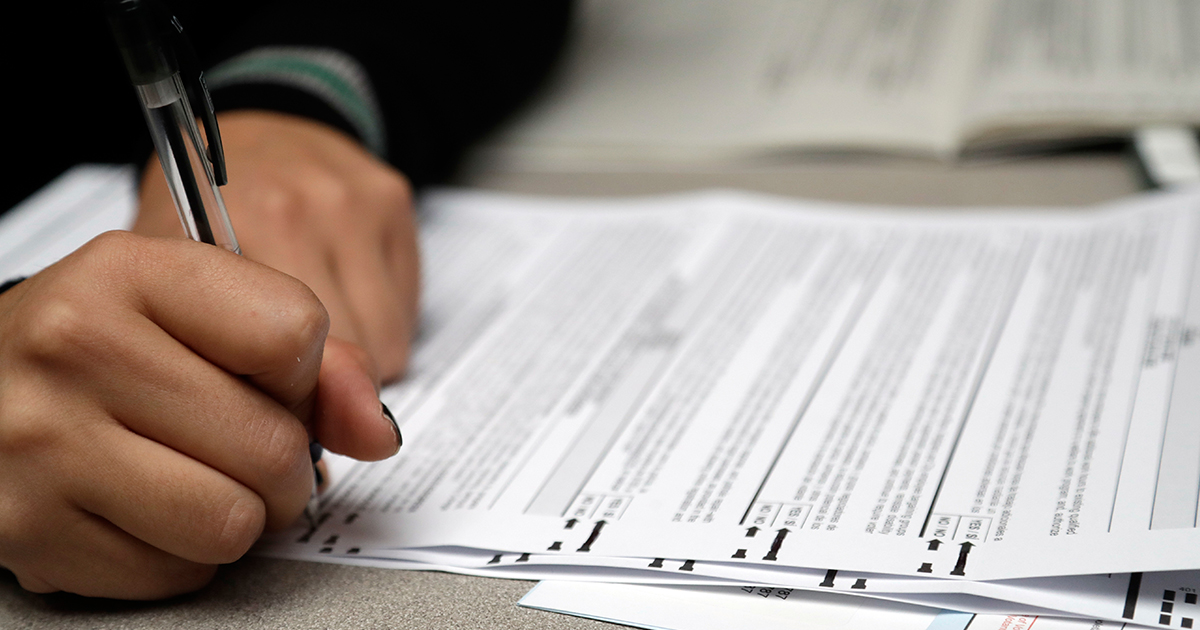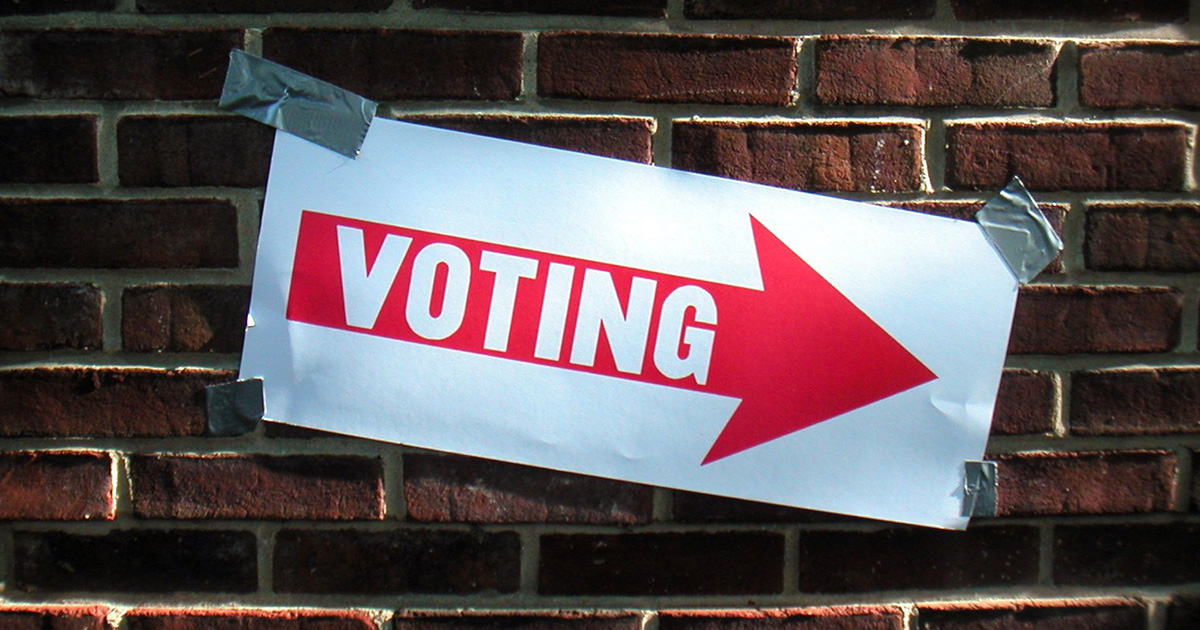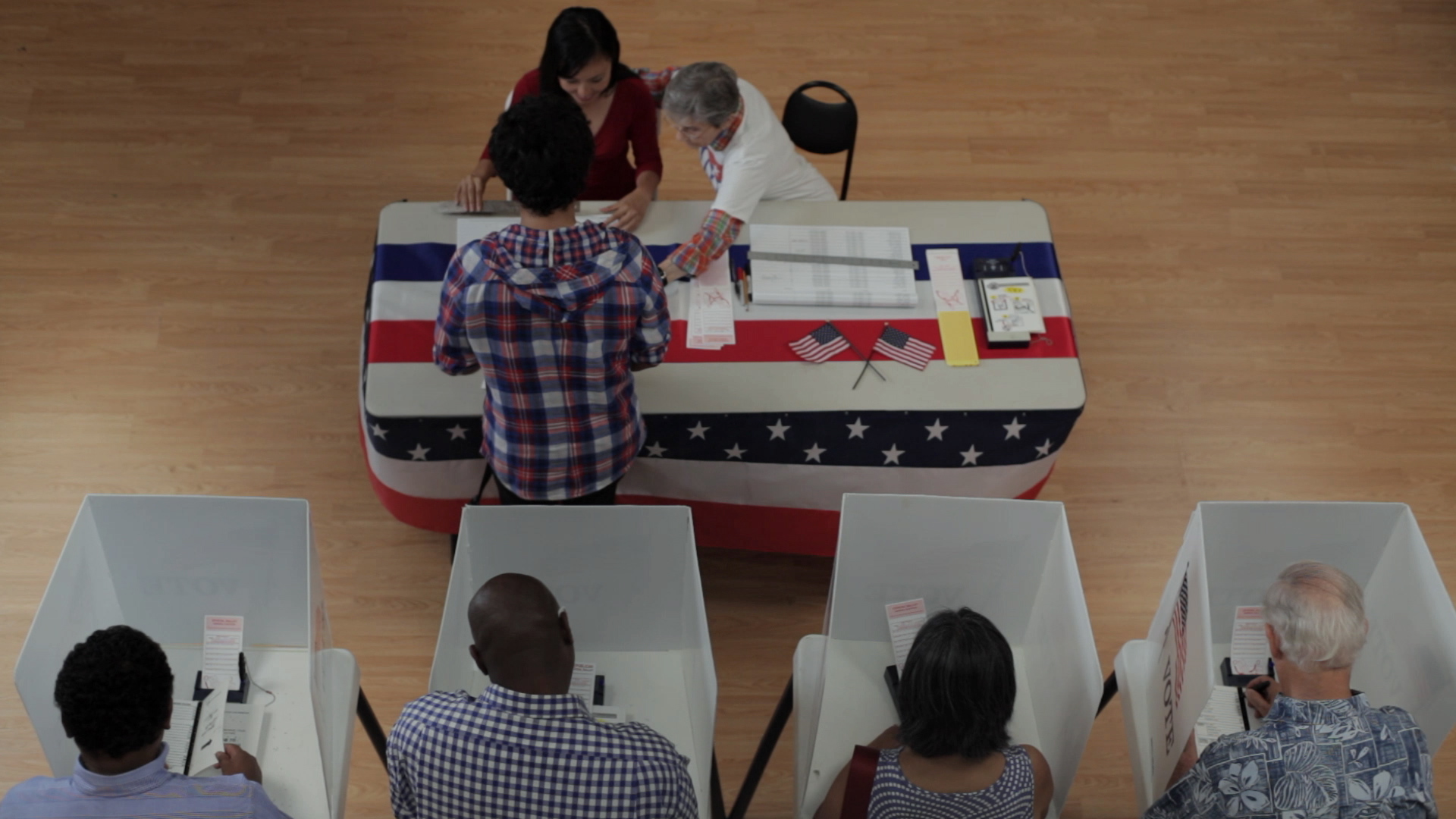How To Get an Initiative On Your State's Ballot

By:
In 26 states, citizens have the power to get states laws on the ballot. But for those who haven't participated in the initiative process the notion of crafting and proposing a law can seem daunting.
 AP/Marcio Jose Sanchez - apimages.com
AP/Marcio Jose Sanchez - apimages.com
There's no doubt that it's a challenging and often expensive process. But if you leverage resources available to petitioners and study your state's guidelines for getting an initiative on the ballot, it's possible that any resident can affect state law.
Josh Altic, the ballot measures project director at Ballotpedia, talked to ATTN: about what it takes to get an initiative on the ballot. This interview has been edited for length and clarity.
 Flickr/Keith Ivey - flickr.com
Flickr/Keith Ivey - flickr.com
ATTN: What are some common requirements for petitioners interested in introducing a ballot initiative at the state-level?
Josh Altic: Collecting signatures is the most universal part of the process. The percentage required ranges pretty widely. It ranges from 5 percent to 25 percent.
But the process also usually requires you to submit your initiative to the state officials. And then there's a range of requirements. In some cases, state officials can reject it because of the format — they can actually require a certain format. A lot of states have what's called a "single subject rule," where the initiative has to apply to one cohesive subject matter. You can't be trying to change the laws governing marijuana and also change the laws governing prison population at the same time.
In a lot of states, there's some sort of initial signature requirement to get help with your initiative. In Ohio, you have to submit 1,000 signatures with your initial filing, so the process won't even proceed to the signature gathering phase unless you've attached 1,000 ballot signatures to a copy of your initiative.
 attn.com
attn.com
ATTN: What are some of the other financial costs of this process?
JA: In most states, once you've submitted the initiative — it gets approved for circulation — you usually have to hire some company to collect the signatures. We tracked 75 initiative petitions in 2016; only seven of those used entirely volunteers. Every other one hired a company, just to collect the signatures for it. And those seven, those were in states like South Dakota and North Dakota where the signature requirement is like 1,300 signatures — where it's very small.
Any states where there's any significant number of signatures required — anywhere over 100,000 — you almost always have to hire a petition company. What that means isn't necessarily that you can't use volunteers. A lot of petition drives use a combination of volunteers and paid signature gathering, but you almost always need it.
There's also usually a fee. In California, it just increased. The fee used to be a couple hundred dollars. Now it's $2,000 for any initiative even just starting the process — turning in your initiative and having it considered by the state before it's even cleared for circulation. And that's a very small fraction of the cost of collecting signatures. It's basically meant to impede anyone who's not serious at all.
ATTN: What can an individual who might not be independently wealthy do to afford this?
JA: There's a lot of opportunities. You don't have to have money yourself. You can go out and collect money. You can ask for contributions. You can find people to fund your effort. But you do have interest group or some national group or some company that gives your initial backing — your nest egg to start from to get your campaign going.

ATTN: What's the success rate of getting an initiative on the ballot?
JA: Nationwide in 2016, over 1,000 of the initial petition applications were filed. That's across all the states. There are 26 different states that allow some sort of petitioning effort to put a law on the ballot, so that's 1,000 petitions and, like I said, 75 of them made the ballot. So obviously there's a very small number of them that actually reach the ballot.
The success rate varies widely in each states. For example, in Washington, hundreds of petitions were filed and only a handful made the ballot. In some states like Ohio, if you get to the step where you actually file — because you need 1,000 signatures just to file — the success rate once you've filed is actually a lot higher.
To learn more about your state's initiative process, check out Ballotpedia.
